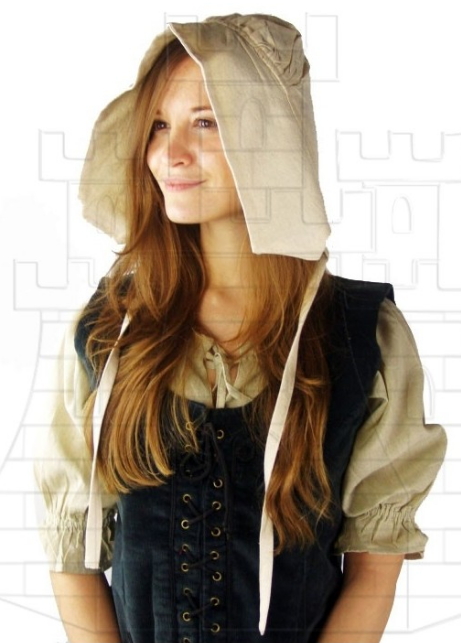What is a Crespina?
The crespina is a female headdress that was used in the Middle Ages, specifically between the 13th and 15th centuries. This elegant accessory consisted of a delicate net cap, often made of silk, which fitted the head to hold and gather hair in a practical and stylish way.

During the Middle Ages, the headdress not only served an aesthetic function but also acted as a symbol of social status. In this sense, the most luxurious crespinas were adorned with embroidery, pearls, and other ornamental details reflecting the wealth and status of the wearer. Thus, they became a mark of distinction and a crucial element of aristocratic female attire, as well as for middle-class women on special occasions.
The crespina was commonly used in combination with other garments of the time, such as caps, cloaks, or capes, in addition to jewelry that further enhanced the elegance of the outfit. Over time, this headdress underwent various stylistic modifications, becoming a key piece of medieval female wardrobe. Variations in its design included different shapes, sizes, and techniques of making, adapting to the fashion trends of each period and the needs of each woman.

In summary, the crespina not only represents a functional headdress, but it is also a symbol of the fashion and culture of the Middle Ages. Its evolution over time reflects changes in female attire and social norms of the era, making it a fascinating and significant element within the history of clothing. Delving into the world of the crespina is to explore not just an accessory, but an important part of the cultural heritage that continues to evoke interest and admiration today.
















